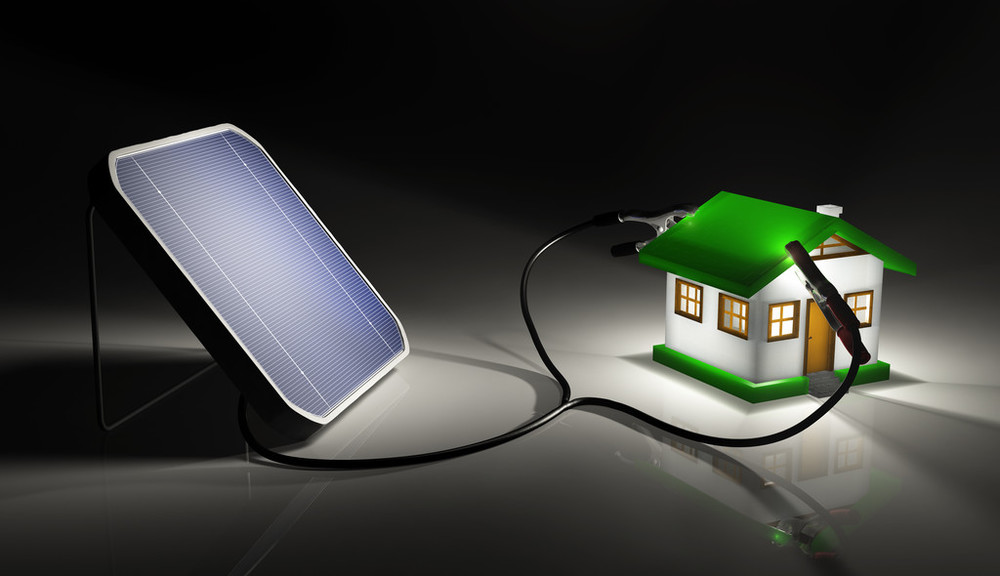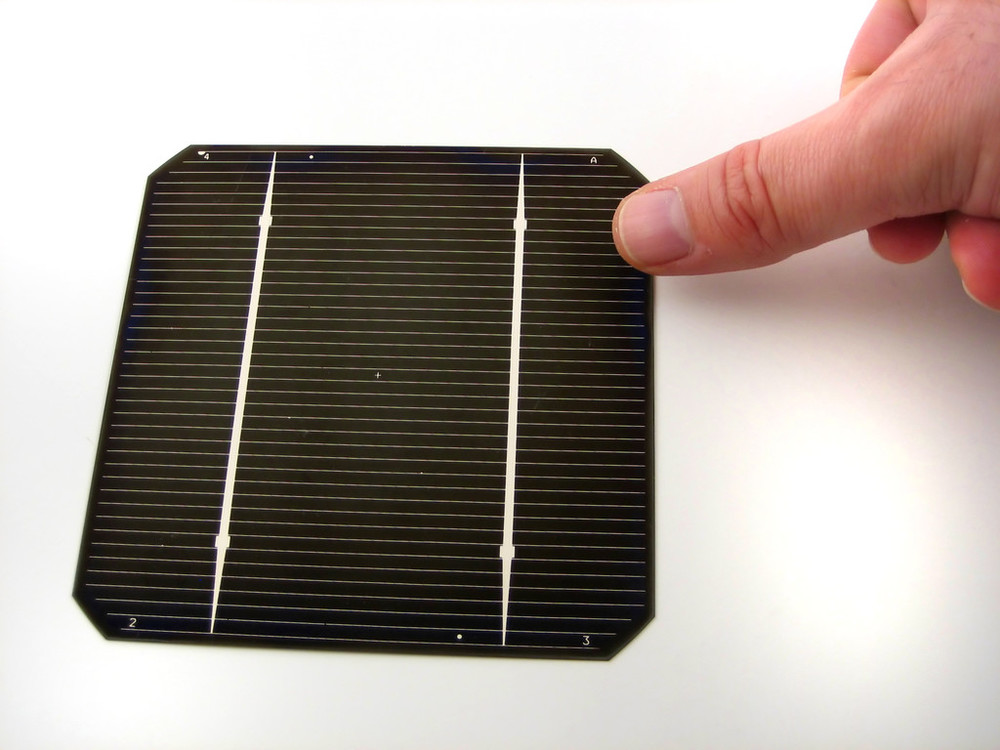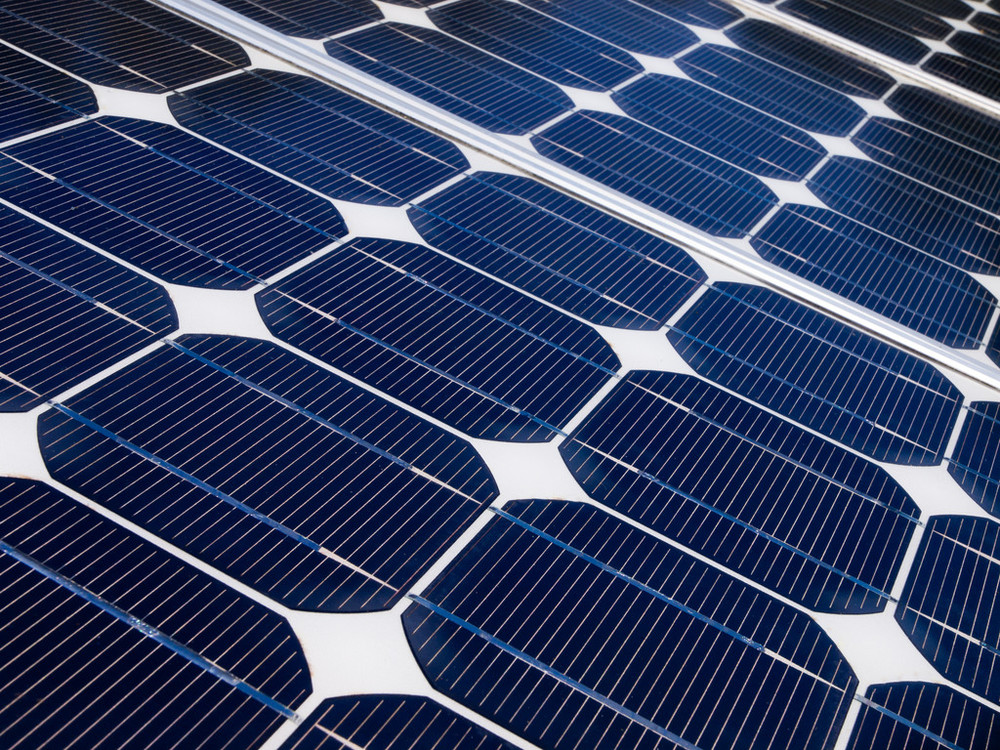Home > > The principle of photovoltaic power generation
The principle of photovoltaic power generation
 4/23/2023 3:51:46 PM
4/23/2023 3:51:46 PM FNEPower
FNEPower 2085
2085
The sunlight shines on the semiconductor p-n junction, forming new hole electron pairs. Under the action of the built-in electric field in the p-n junction, holes flow from the n region to the p region, and electrons flow from the p region to the n region. After the circuit is connected, a current is formed. This is the working principle of photoelectric effect solar cells.
The direct conversion method of light to electricity utilizes the photovoltaic effect to directly convert solar radiation energy into electrical energy. The basic device for light to electricity conversion is solar cells. Solar cell is a device that directly converts solar energy into electrical energy due to the photovoltaic effect. It is a semiconductor photodiode. When the sun shines on the photodiode, the photodiode will convert the solar energy into electrical energy and generate current. When many batteries are connected in series or parallel, they can become a solar cell array with relatively high output power. Solar cells are a promising new type of power source with three major advantages: permanence, cleanliness, and flexibility. Solar cells have a long lifespan and can be invested and used for a long time as long as the sun exists; Compared with thermal and nuclear power generation, solar cells do not cause environmental pollution.
The main specific principle of photovoltaic power generation is the photoelectric effect of semiconductors. When a photon shines on a metal, its energy can be fully absorbed by a certain electron in the metal. The energy absorbed by the electron is large enough to overcome the internal gravity of the metal and do work, escape from the metal surface and become a photoelectron. Silicon atoms have 4 outer electrons. If an atom with 5 outer electrons, such as phosphorus atom, is doped into pure silicon, it becomes an N-type semiconductor; If atoms with three outer electrons, such as boron atoms, are doped into pure silicon, a P-type semiconductor is formed. When P-type and N-type are combined, the contact surface forms a potential difference, becoming a solar cell. When sunlight shines on the P-N junction, holes move from the P-pole region to the N-pole region, and electrons move from the N-pole region to the P-pole region, forming an electric current. [3]
The direct conversion method of light to electricity utilizes the photovoltaic effect to directly convert solar radiation energy into electrical energy. The basic device for light to electricity conversion is solar cells. Solar cell is a device that directly converts solar energy into electrical energy due to the photovoltaic effect. It is a semiconductor photodiode. When the sun shines on the photodiode, the photodiode will convert the solar energy into electrical energy and generate current. When many batteries are connected in series or parallel, they can become a solar cell array with relatively high output power. Solar cells are a promising new type of power source with three major advantages: permanence, cleanliness, and flexibility. Solar cells have a long lifespan and can be invested and used for a long time as long as the sun exists; Compared with thermal and nuclear power generation, solar cells do not cause environmental pollution.
The main specific principle of photovoltaic power generation is the photoelectric effect of semiconductors. When a photon shines on a metal, its energy can be fully absorbed by a certain electron in the metal. The energy absorbed by the electron is large enough to overcome the internal gravity of the metal and do work, escape from the metal surface and become a photoelectron. Silicon atoms have 4 outer electrons. If an atom with 5 outer electrons, such as phosphorus atom, is doped into pure silicon, it becomes an N-type semiconductor; If atoms with three outer electrons, such as boron atoms, are doped into pure silicon, a P-type semiconductor is formed. When P-type and N-type are combined, the contact surface forms a potential difference, becoming a solar cell. When sunlight shines on the P-N junction, holes move from the P-pole region to the N-pole region, and electrons move from the N-pole region to the P-pole region, forming an electric current. [3]
热点新闻








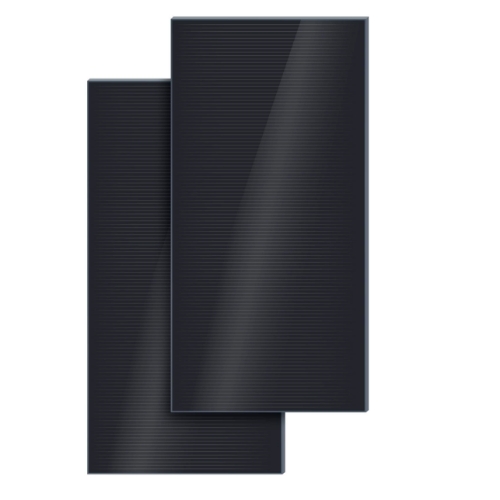
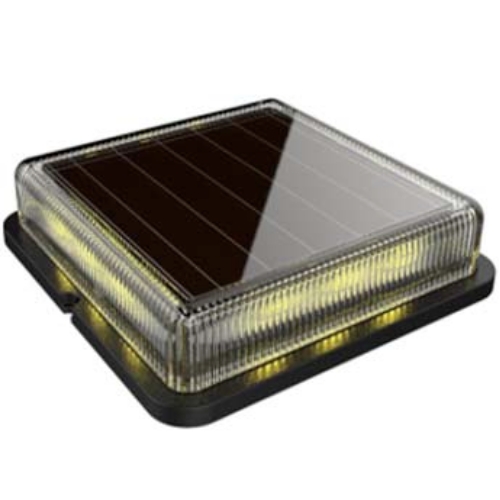

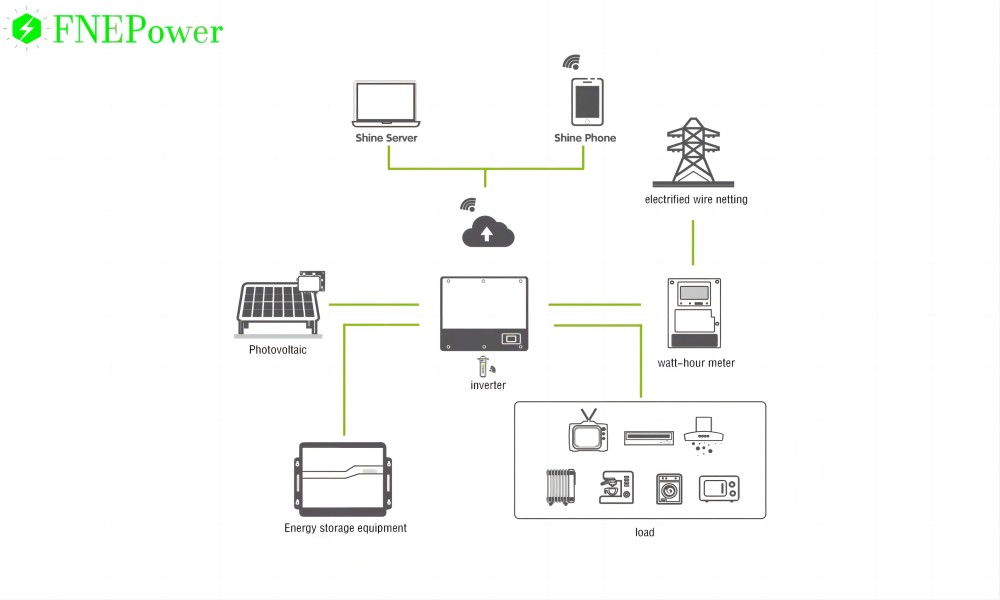







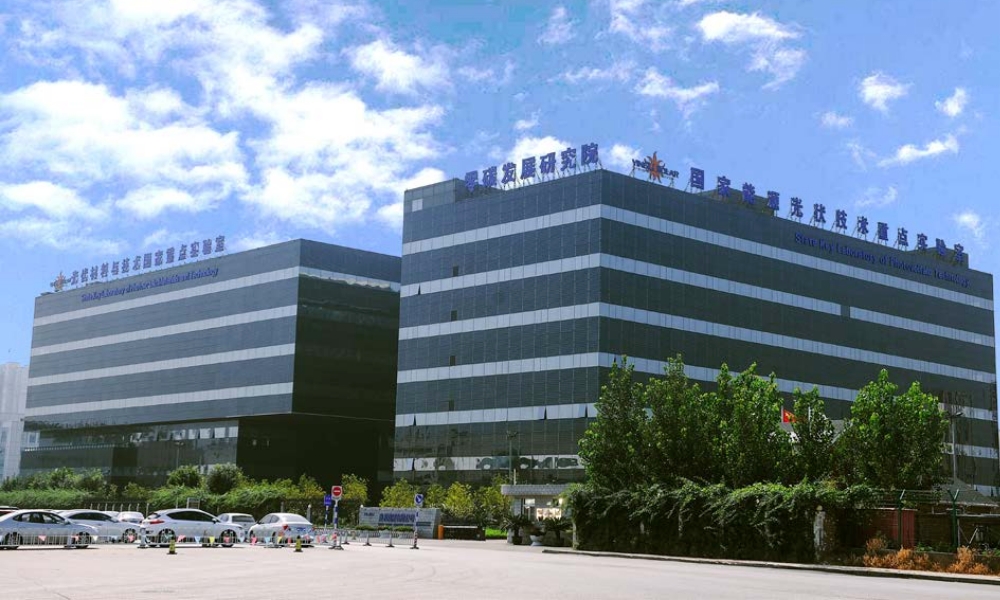
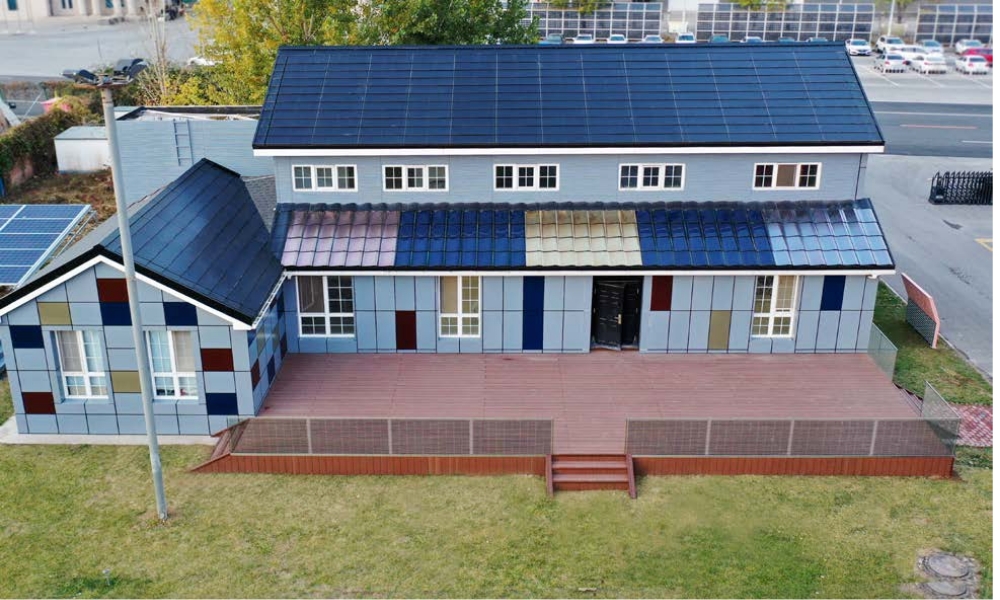






 返回列表
返回列表
